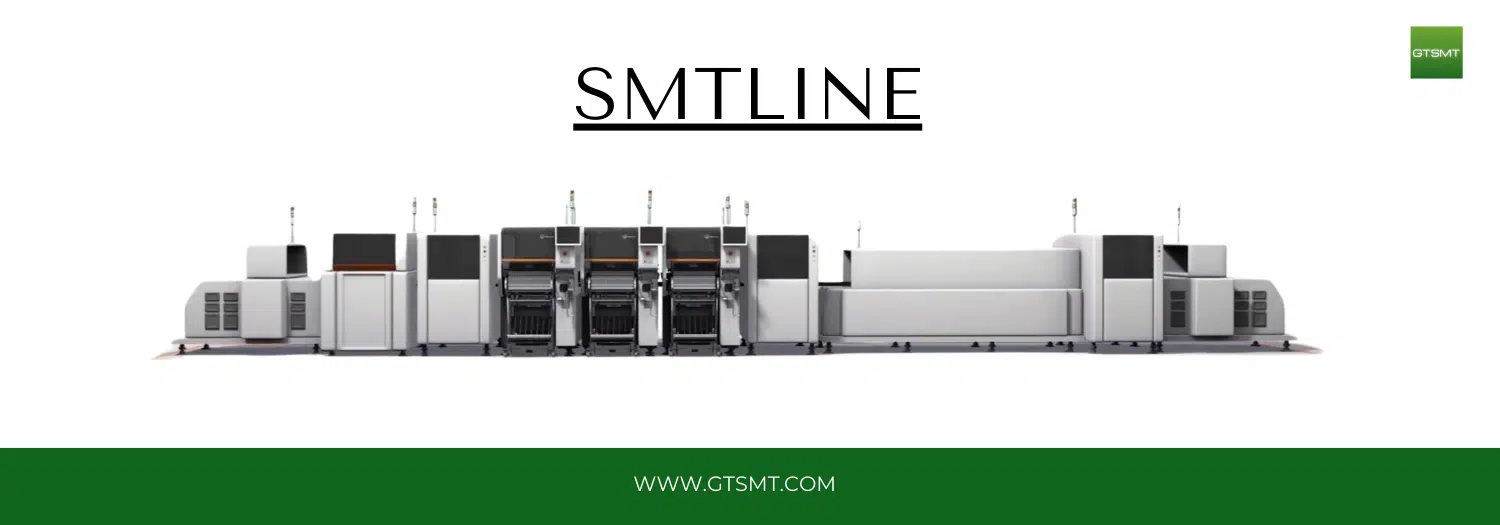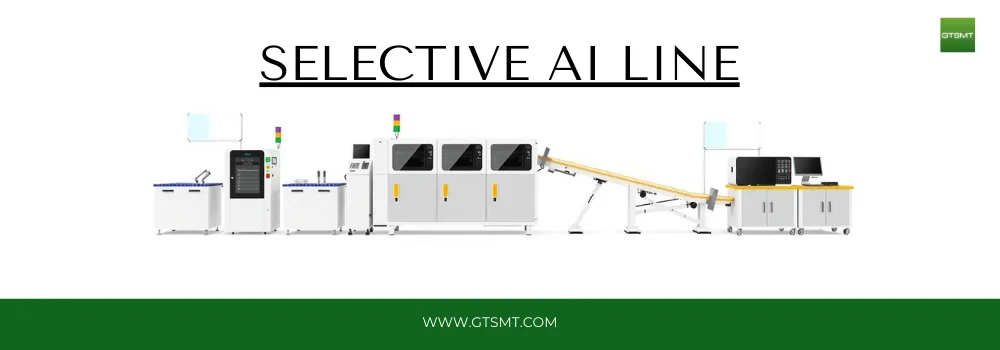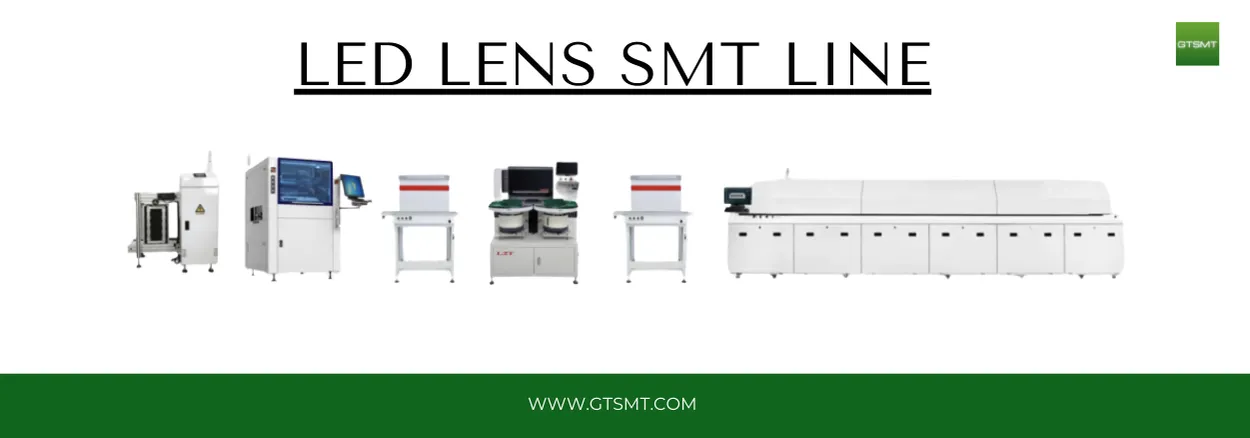Solder paste inspection 5 ultimate roles in boosting smtline
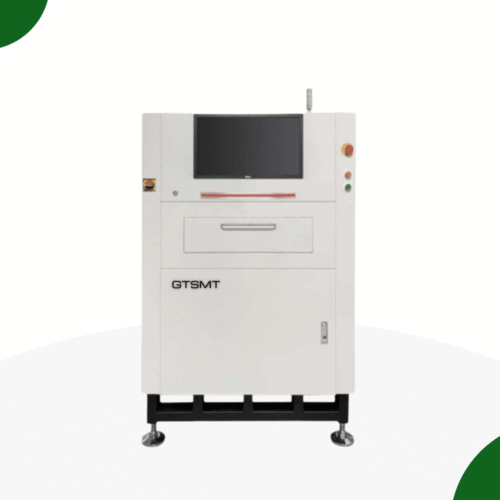
Table of Contents
Solder Paste Inspection Machine

An SMT Solder Paste Inspection (SPI) machine utilizes a precise laser system to scan the surface of the solder paste. It then captures the laser profiles with a high-resolution digital camera. By analyzing the variations in these profiles, the machine calculates the thickness distribution of the solder paste, allowing for real-time monitoring of printing quality. This process reduces the occurrence of defects and enhances effectiveness.
In this article, we will explore the need for SMT SPI machines and the advantages they offer.
Understanding solder paste inspection is crucial for any SMT operation. A reliable inspection process helps to maintain high standards in production quality, ensuring that each step of the process aligns with industry expectations.
SMT Production Line
I. Core Functions of SMT SPI Inspection Machine
- Coating Quality Detection
The SMT SPI inspection machine measures the thickness of the solder paste in real-time, assessing its uniformity. It can identify any inconsistencies, such as uneven coatings, that might affect the quality of the soldering process. - Defect Recognition
The machine is capable of detecting various defects, including excessive paste buildup, air bubbles, and missing paste on pads. - Data Collection and Analysis
SMT machines gather real-time data on the application, such as thickness, uniformity, and defect occurrence. This data is stored for future analysis and traceability, enabling companies to refine their processes and enhance productivity and quality.
II. Quality Control of Solder pate
- Enhance Production Quality
By providing real-time monitoring of pcb quality, it enables timely detection and correction of printing errors, thus preventing defective products and improving overall production quality. - Boost Production Efficiency
Automation of inspection tasks leads to improved production efficiency. Additionally, the SPI machine provides immediate feedback to engineers, enabling quick adjustments to process parameters for optimization. - Reduce Production Costs
By minimizing waste and defects, smt inpection help reduce overall production costs. - Improve Product Reliability
Accurate SPI Inspection contributes to the long-term reliability and stability of electronic products, ensuring higher quality.
III. SPI Machines and Production Efficiency
SPI inspection machines utilize advanced optical and image processing technologies to precisely measure and analyze solder paste on circuit boards. This guarantees that the paste is applied consistently, supporting efficient component placement. By reducing defects such as cold solder joints and short circuits, the machine enhances the overall quality of the soldering process.
The automation of inspections reduces the need for manual checks, speeds up the SMT line operation, lowers rework and scrap rates, and cuts production costs. As modern SPI machines continue to integrate sophisticated optical systems and complex image algorithms, they make the inspection process easier for operators, even those without extensive technical knowledge. Additionally, real-time feedback functions allow for prompt corrections, ensuring smooth and efficient production.
The importance of SMT inspection machine cannot be overstated. It prevents potential defects in electronic assembly, leading to a more reliable final product.
Furthermore, SPI plays a pivotal role in enhancing production efficiency by identifying issues before they escalate, thus saving time and resources.
IV. Future Trends in SPI Inspection
Moreover, consistent inspection of PCB boards contributes to long-term stability, which is vital for sustaining product reliability and customer satisfaction.
- Increased Precision and Miniaturization
Future SPI systems will need to provide even higher levels of precision to handle the demands of detecting smaller, more densely packed solder joints. - AI-Driven and Intelligent Systems
By incorporating AI, SPI machines will enhance defect detection through adaptive algorithms, defect classification, and predictive maintenance, improving overall efficiency and reducing false alarms. - Environmental and Cost Considerations
With growing environmental concerns, future SPI equipment will focus on energy efficiency and minimizing emissions. Additionally, as material costs rise, SPI machines will help reduce overall processing costs by improving efficiency and reducing energy consumption.
Each inspection cycle is designed to ensure that the paste is applied accurately, thereby supporting the overall success of the SMT production line.
As the industry evolves, the capabilities of machines are expected to advance, integrating new technologies that bolster the inspection process.
V. Key Considerations for Selecting an SPI Machine
- Production Scale
For large-scale operations, high-capacity, fast detection SPI machines are necessary, while smaller-scale production can benefit from more portable machines designed for low-batch testing. - Product Features
For applications with high-density components, it’s essential to select machines that offer high-resolution imaging and fine measurement capabilities. - Compatibility
Choosing equipment that integrates seamlessly with other production systems helps minimize disruptions and improve workflow efficiency. - Return on Investment (ROI)
delivers a high ROI by significantly reducing defects and rework, leading to cost savings. - Long-Term Quality Assurance
Consistent use of SPI technology leads to better overall product quality, which in turn reduces customer complaints and returns. This enhances a company’s reputation, customer loyalty, and drives sales growth.
With a focus on innovation, future of SPI systems will likely incorporate machine learning techniques to enhance defect detection further.
Conclusion
In summary, SMT SPI machines play a crucial role in the SMT assembly process. They ensure high-quality application, minimize soldering defects, boost manufacturing efficiency, and provide essential data for optimizing the production process. The significance is integral to ensuring the reliability and quality of PCB soldering, making it a vital component of any successful SMT operation.
In summary, inspection machines play a crucial role in the SMT assembly process. They ensure high-quality application, minimize soldering defects, boost manufacturing efficiency, and provide essential data for optimizing the production process. As an integral component of the SMT production line, the SPI machine is vital to ensuring the reliability and quality of PCB soldering.
Ultimately, selecting the right machine will yield substantial benefits, elevating the quality and efficiency of the production process.

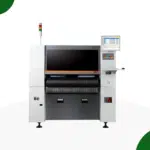 Pick and Place
Pick and Place
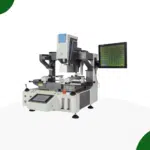 Rework Station
Rework Station
 Solder Paste Printers
Solder Paste Printers
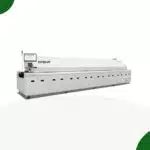 Reflow Ovens
Reflow Ovens
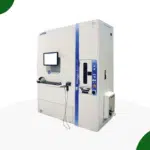 Reel Storage System
Reel Storage System
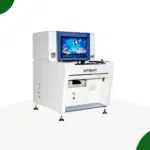 AOI & SPI INSPECTION
AOI & SPI INSPECTION
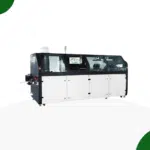 Soldering Machines
Soldering Machines
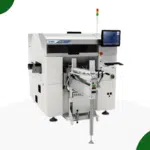 Insertion Machine
Insertion Machine
 X-ray inspection
X-ray inspection
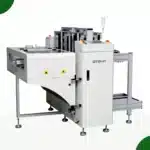 PCB Handeling
PCB Handeling
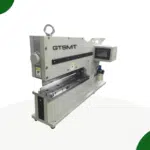 Depaneling Machine
Depaneling Machine
